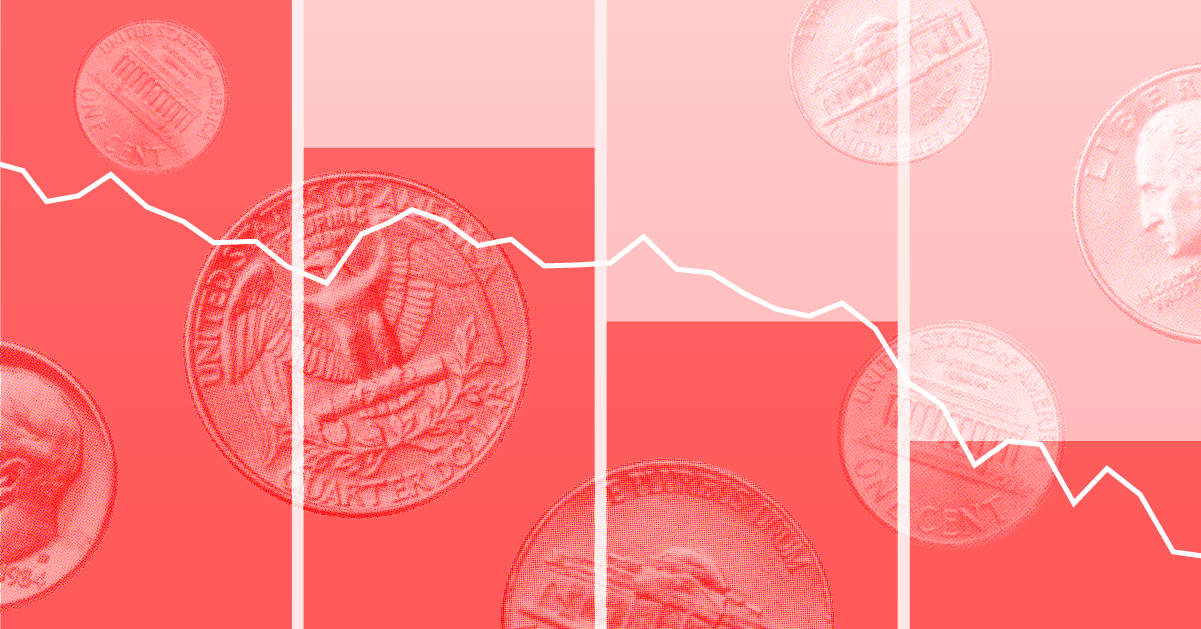Day 8: Check your emergency fund
Degree of difficulty: Easy ¦ Week
1 tips
Last week's tips focused on getting organised and checking up on how you're doing financially. But the majority of my book, 30-Minute Money Solutions, is about investing. Over the coming week I'll share tips to help you invest for short- and intermediate-term goals, and in future weeks I'll discuss constructing a portfolio geared towards long-term goals such as retirement.
Before you begin saving for your goals, however, it's crucial that you build an emergency fund--a basket of ultra-liquid investments that you can tap in case you lose your job or confront an unanticipated car or home repair.
The typical rule of thumb is to keep three to six months' worth of living expenses in your emergency fund. But perhaps a better way to decide how much to store in cash is to think about how much of a cushion you'd like to have in case you lost your job. If you go through that exercise, you're apt to conclude that three months' worth of living expenses is nowhere near enough. But don't go overboard with your cash hoard, either. After all, interest rates on money market accounts and funds are about as low as they can go, so being too conservative has an opportunity cost. As you calculate your emergency-fund requirement, don't use your real spending patterns to set your living expenses. Think about how much you could get by on in a pinch, excluding meals out, house cleaners, and holidays.
Compare your emergency-fund target with the amount you have saved in money market accounts and funds, and current and savings accounts. Don't include cash holdings that appear in long-term funds. Building your emergency fund up to your target level should trump saving and investing for other goals, such as retirement or a child's further education.
For more information, our Learning Centre includes a lesson dedicated to building your emergency fund.
Day 9: Get maximum mileage from your cash holdings
Degree of difficulty: Easy to moderate
Everyone needs cash, both for an emergency fund and to cover upcoming expenses such as your property insurance or your offspring's university fees. Keeping that money safe is important, but the big drawback is that yields on savings accounts, money market accounts, and other cashlike vehicles are about as low as they can go right now.
When shopping for the best yields on cash investments, the list of don'ts is almost as long as the list of dos. While it's smart to be opportunistic and scout around for the best yields, my key piece of advice is not to get too cute. Safety is key for this portion of your portfolio, so resist the temptation to park some or all of your assets into a "cashlike" vehicle that offers a higher yield but also a greater risk to your principal. Ultrashort-bond funds and bank-loan funds are a great example of why you shouldn't chase yield: Although some investors had used funds in both categories as a higher-yielding money market substitute, the average fund in these groups lost 8% and 30%, respectively, in 2008's flight to quality.
Though certain cash deposits tend to offer higher yields than money market funds and other cashlike vehicles, the big drawback is that you're locking yourself into a fixed rate. Money market fund managers, by contrast, can swap into new, higher-yielding securities if rates move up. Many of the most dependable money market funds have very low expense ratios, which in turn enables them to deliver above-average payouts relative to their peers without taking on a lot of extra risk.
Day 10: Map out your financial goals
Degree of difficulty: Easy
Most of us have a running list of financial goals: whether it's paying off our mortgage, financing university for the kids and grandkids, funding a comfortable retirement, or paying for here-and-now creature comforts like holidays and new cars. Few people, however, take time to document their goals and quantify exactly how much they'll cost, even though that step is key to helping you set your household's financial priorities. It's also pretty easy.
Today, take a moment to jot down your goals. Group them into one of three bands: short-term goals (goals you'd like to achieve in five or fewer years), intermediate-term goals (five to 15 years from now), and long-term goals (15 years or more in the future). Once you've done that, prioritise your goals within each time frame. Be sure to include debt retirement on your list of goals.
The next step is to estimate exactly how much those goals will cost you. If your goal is close at hand--such as buying a car next summer--quantifying it is straightforward. But if it's a goal that's further in the future or one that you'll pay for over several years, the calculation may be more complicated and you'll also have to factor in inflation. This tool can help you calculate the how much you'll need to save for retirement.
Day 11: Invest for mid-term goals
Degree of difficulty: Moderate
Yes, current yields on truly safe investments like cash deposits and money market funds are shrimpy. But if you're building an emergency fund or saving for a goal that's close at hand, the risks of venturing beyond ultra-safe investments outweigh any extra yield you're able to pick up. It's boring, but you'll need to rely on your own savings, rather than investment returns, to do the heavy lifting in these instances.
But what if you're saving for an intermediate-term goal and don't expect to need the money for another couple of years or even more? In that case, you can tolerate modest fluctuations in the value of your principal and therefore a core intermediate-term bond fund could fit the bill. Keep in mind, however, that one the key risks of bond funds right now is the chance that rising interest rates could depress bond prices.
If you have an even longer time horizon--anywhere between five and 10 years--you can hold stocks as well as bonds. Use our Fund Screener to find funds that combine stocks and bonds together. If you hold one of these funds and are getting close to needing money to fund your goal, you can transition the assets to cash for safe-keeping.
Day 12: Allocate capital like a pro
Degree of difficulty: Moderate to difficulte
It's day 12 on the road to financial fitness, and if you've been with me from the start, you're really getting warmed up. So let's take on a more rigorous--but extremely important--task: allocating your household's financial capital.
Although Morningstar focuses on helping you invest in stocks, funds, and ETFs, the reality is that investors' highest-impact decisions precede the decision to invest in the market. Do you save enough? And when you have extra cash on hand, do you pay down debt, invest, or do a little of both?
When it comes to the latter decision, it's helpful to think of yourself as a business owner, steering your cash toward the opportunity that is apt to offer you the best return on your capital.
Paying off debt--even more benign types of debt like mortgage debt or student loans--offers you a knowable return on your money--always a good thing.
Investing in the market offers a potentially higher rate of return, but the hitch is that return, unlike paying off debt, isn't guaranteed. When forecasting returns for your investments, be conservative. You can plug in your own return expectations, but I usually use a 6% to 7% rate of return for equities, a 4% return for bonds, and a 2% return for cash. Based on the asset mix of your portfolio, you can then forecast a ballpark return for it. Armed with that information, you can then determine whether investing in the market or paying off debt is the best return on your dough. My new book, 30-Minute Money Solutions, includes a section on finding the best use of your money, as well as a worksheet to help you sort through the variables.
























